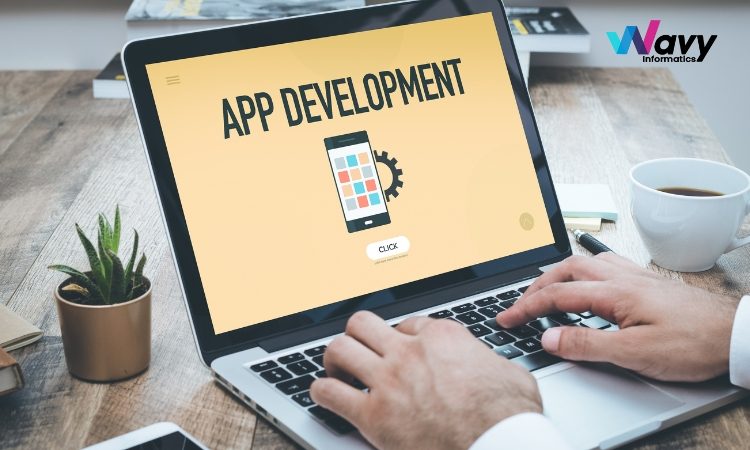Native vs. Cross-Platform Development What Should Startups Choose in Two Thousand Twenty-Five

Native vs. Cross-Platform Development What Should Startups Choose in Two Thousand Twenty-Five
Startups face a tough mobile technology choice. Mobile development demands real commitment consistently. Native platforms offer peak performance levels always. Cross-platform saves money initially very well. This decision severely shapes future growth potential. Founders must weigh speed versus ultimate quality. The year two thousand twenty-five brings new tools. New frameworks complicate established debates greatly. Businesses need clear strategic direction now urgently. Northbuilt often guides new technology companies. They analyse specific business requirements deeply.
Prioritizing Speed and Quality
Native development offers maximum performance potential. Apps run smoothly always on specific devices. Users expect buttery fast interactions consistently. Direct hardware access is a major advantage too. Developers utilize specific device features fully well. Swift codes for Apple devices only and well. Kotlin codes for Android devices solely always. This approach guarantees system stability completely. Operating system updates integrate perfectly well always. Complex applications truly benefit from this focus. Northbuilt acknowledges this key staffing challenge. Maintenance involves double the engineering effort needed.
Efficiency Cost and Speed to Market
Cross-platform tools provide rapid iteration cycles now. Frameworks use one single codebase effectively well. Flutter and React Native dominate the mobile market. These unified tools save development time significantly. Engineers deploy features across all systems quickly. Fewer developers are needed for initial launch too. Initial costs stay lower for the start-up budget now. Market entry happens much faster this way always. Start-ups validate ideas quickly with real users first. MVP launches thrive using cross-platform code well. Business logic remains consistent everywhere always. Northbuilt recommends this path for early stage MVPs. Simple applications perform almost perfectly well always. mobile software development strategies help teams align technology decisions with long-term scalability. Accessing deep native features proves harder though sadly. Sometimes platform limitations appear unexpectedly often. Developers must manage framework dependencies carefully now. Updates sometimes break shared application logic quickly.
When to Choose Which Strategy
The right choice depends on specific application goals fully. High performance apps demand the native route always now. Complex graphics or intensive video processing needs native code. Tight security requirements also favor native solutions greatly. Budget conscious startups should utilize cross-platform initially first. Launch an MVP fast to gain critical user traction quickly. Prove your market idea before heavy investment begins fully. Consider a hybrid strategy for sustained growth plans deeply. Separate native modules can handle critical functions efficiently. Utilize cross-platform for standard user interface needs always. This approach balances speed against future capability now well.
Conclusion
The native versus cross-platform debate continues now strongly. Both key approaches offer unique benefits and comprises always. Native ensures peak quality and system integration power well. Cross-platform maximizes speed and minimizes initial cost greatly. Startups must evaluate their core business drivers closely now. Do not prioritize short term savings over future success needs. Technical scalability truly determines long term survival rates now. Analyse your specific application complexity carefully beforehand always.




